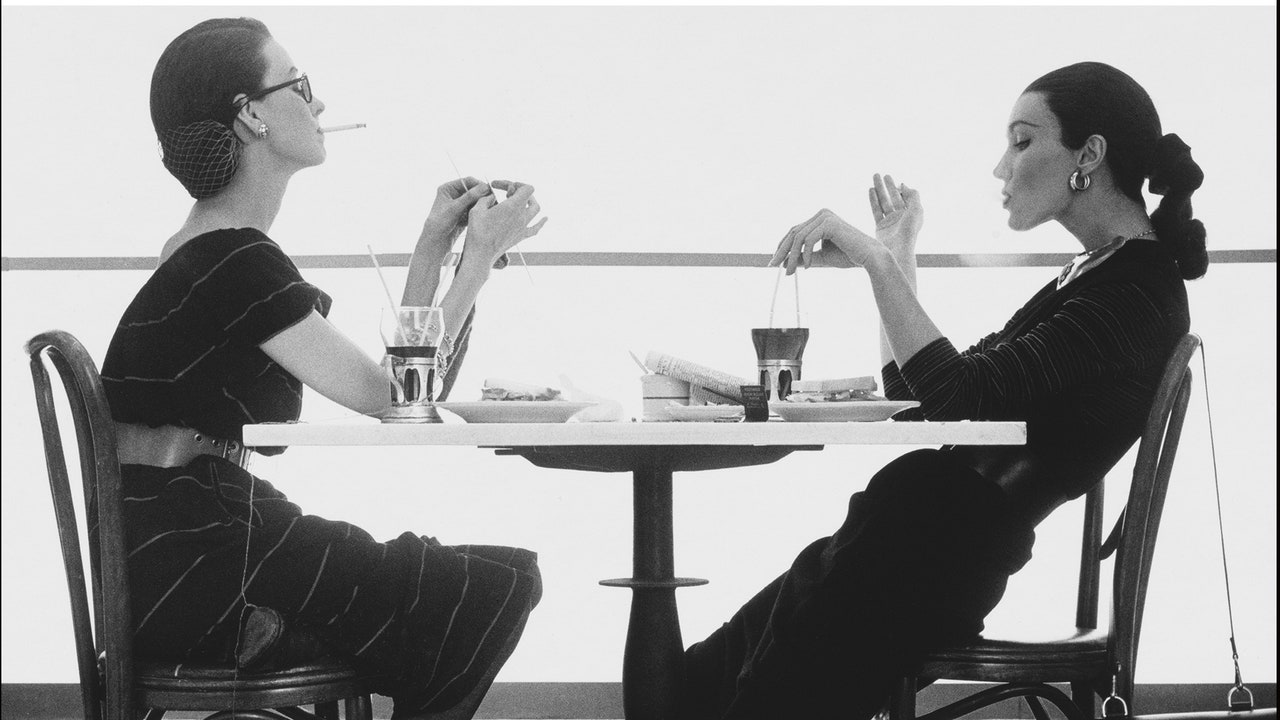The French legend is remarkably durable. It dates to Louis XIV, and it’s still around. Louis XIV had Jean-Baptiste Colbert, we have Bernard Arnault, they’re both promoting the supremacy of French taste, and we are stuck with this internalized inferiority complex hat says that Paris is better and Paris is the standard that everyone should compare themselves to, and as long as we believe that it will be true. It was Valerie Steele who said that Paris is like Tinker Bell. If everyone believes really hard that Paris is great, then Paris will continue to be great.
I would say Paris is not better. It’s different. And you know, historically, especially when you’re looking at a beautiful dress by Vionnet or Lanvin in a museum, it’s haute couture. It’s not like today, where Paris designers make very expensive clothes, but expensive clothes that anyone could buy. To buy an haute couture dress in those days, you had to be introduced to the couture house, you had to be accepted as one of the clients. If you were a couture client, you very likely had a ladies maid, a full time servant who lived with you, and whose sole purpose was to look after your clothes and do your hair. So it’s this very restrictive, exclusive system. American fashion is built on the idea of ready-to-wear, the idea that everyone should have access to beautiful clothes, what the New Yorker’s fashion critic Lois Long called the “American genius for mass production.” I think that’s an origin story that is very compelling and that more attention should be paid to. I mean, what system would you rather be part of?
Do you see parallels between what the Empresses were doing in the ’30s and ’40s, redefining the way women could dress with more ease, and what American fashion is doing now?
It’s a different story. Now we have plenty of ease. Maybe a better way of looking at it is that they were redefining what fashion could be. And I see that today in the way we have more diverse points of view that are being recognized in fashion, like Rachel Scott, like Willy Chavarria. They’re both referencing their heritage: her Jamaican heritage, his Latino background, and they both got CFDA Awards. I think that shows that there’s a hunger for this kind of fashion. It’s not that different from what was happening during World War II, when, you know, for centuries, Paris has been considered the world capital of fashion. There was no second city. New York was a manufacturing center. That this idea was turned on its head in just four years is remarkable. What the Empresses did was really audacious, and they did it by leaning into what made American fashion and American culture unique. When Virginia Pope of the New York Times wanted to introduce some showmanship into New York Fashion presentations, she didn’t try to make them like a short fashion show, she leaned into the idiom of the Broadway show, you know, something very American. That’s how she did it. I think that lesson still applies.
Read the full article here




